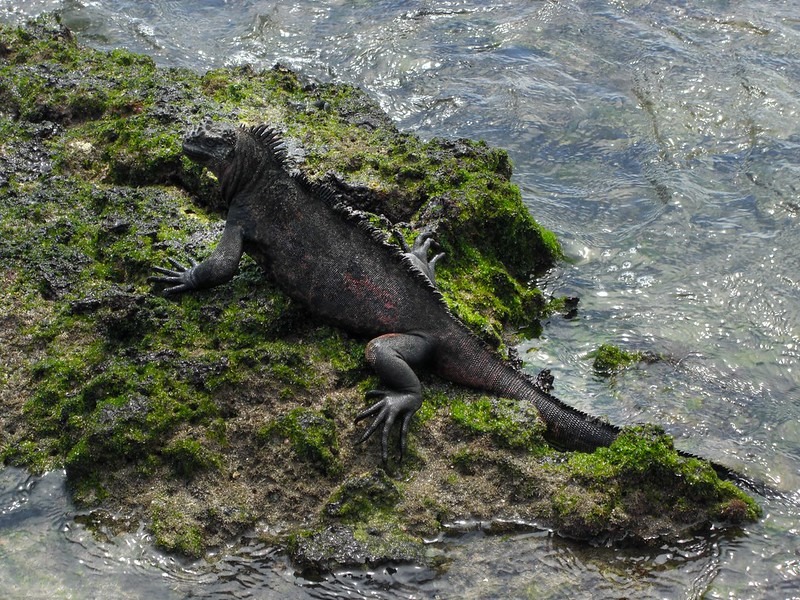Cruise the Galapagos Archipelago sailing on board Luxury two-times World Travel Award Winner (2017-2018) Yacht and discover the magnificent variety of untamed Wildlife along the way, surrounded by amazing natural scenery that is complemented with the personalized service on board the Majestic Sea Star Journey for a complete memorable adventure.
Day by day
Map

Preview

Preview

Preview
Cruise Includes
All programed visits as per itinerary with specialized naturalist bilingual guide
Accommodation in twin/double cabin with private facilities (surcharge for suite)
All meals on board, drinking purified water, coffee and tea
Snorkeling equipment (fins, mask & snorkel) & sea-kayaks
Transfers within the islands on cruise dates as per itinerary
Personalized 24/7 assistance during tour
Cruise does not include
Airfare to/from Galapagos from/to Mainland Ecuador (to be added)
Galapagos National Park Entrance Fee USD 200 per person (in cash only upon arrival);
Galapagos Migration Card US$20 in cash per person (at Mainland’s Airport)
Alcoholic/soft drinks, personal expenses, extras, and tips
All sizes wet-suits for rent on board (in cash)
Travel, medical & cancelation Insurance and any services on Mainland
Other services not specified in the program
Highlights
Brilliantly pink-colored Flamingos at Dragon Hill.
Amazing bird-life variety at Genovesa: Darwin Finches, Swallowed-tailed gulls, Lava Herons, Red-footed and Nazca Boobies and more!
Enjoy the diverse Marine Life while snorkeling or sea-kayaking in the best sites.
Visit a sustainable Tortoise Farm in Santa Cruz Highlands to see the Turtles in semi-wild state.
Enjoy your comfortable Galapagos Suite with panoramic windows or stargaze at the sun-deck.
Discover the Northern & Central Galapagos Islands
From USD 3625,00